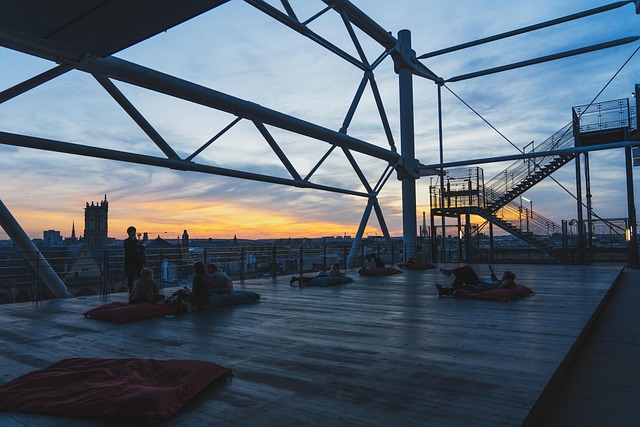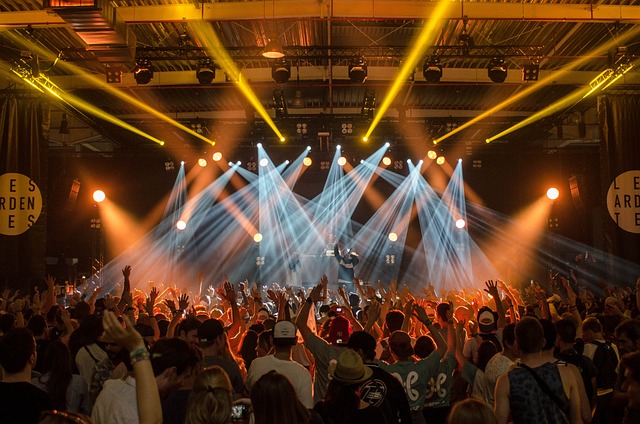As a (commercial roofing specialist in Vancouver)(https://coastmountainroof.com/) with 20+ years in the industry, I’ve witnessed a significant trend: businesses transforming underutilized flat roofs into lucrative event venues. This strategic repurposing requires careful planning and roofing expertise.
The foundation of any successful rooftop venue begins with a comprehensive structural assessment. Commercial flat roofs typically support 20-40 pounds per square foot for standard operations, but event spaces require 100+ pounds per square foot to accommodate guests, furniture, and equipment. This often necessitates strategic reinforcement of underlying support structures.
Membrane selection is critical. Traditional (EPDM) or (TPO) membranes must be upgraded to specialized traffic-bearing systems. We recommend dual-layer systems incorporating polyurethane traffic coatings over modified bitumen or reinforced single-ply membranes. These systems withstand foot traffic while maintaining waterproofing integrity, crucial for protecting your building’s interior.
Drainage modifications represent another technical challenge. Rooftop venues require sophisticated drainage solutions beyond standard scuppers and internal drains. Implementing graduated elevation changes (minimum 1/4″ per foot) with strategically positioned linear drains effectively manages water during events while preventing ponding.
Peripheral safety systems are non-negotiable. (Commercial code-compliant guardrails) (42″ minimum height) must be properly anchored without compromising membrane integrity. We utilize non-penetrating attachment systems with counterweights or specialized flashing details for penetrating mounts.
For year-round functionality, consider pergola structures with retractable canopies integrated with your roofing system. These must be engineered to withstand wind uplift forces, with connection points properly flashed and waterproofed.
The ROI on rooftop venue conversion is compelling. Our clients typically recover conversion costs within 18-36 months through rental fees, while experiencing increased property valuation of 15-20% for buildings with functional rooftop spaces.
With proper engineering, material selection, and expert installation, your commercial roof can transform from a maintenance expense into a profitable asset that sets your property apart in the competitive commercial real estate market.
Safety and Structural Considerations for Commercial Rooftop Gatherings
Converting a commercial rooftop into an event venue requires meticulous attention to safety and structural requirements. As a roofing professional who’s overseen dozens of these conversions, I can’t emphasize enough the importance of starting with a comprehensive structural engineering assessment.
Most commercial buildings weren’t constructed with rooftop gatherings in mind. Standard flat roofs typically support 20-40 pounds per square foot, but event spaces need at least 100 pounds per square foot to accommodate people, furniture, and equipment. This often necessitates significant structural reinforcement of supporting beams, joists, and connection points.
Perimeter protection represents another critical consideration. Building codes mandate guardrails with minimum heights of 42 inches that can withstand lateral forces of at least 200 pounds. These must be properly integrated with your roofing system to maintain waterproofing integrity while providing secure anchoring.
Egress requirements are often the most challenging aspect of rooftop venue development. Commercial codes typically require multiple exit points widely separated from each other, with illuminated signage and emergency lighting on independent circuits. The capacity of these exit routes often becomes the limiting factor in your venue’s maximum occupancy.
Weather contingencies demand special attention in rooftop environments. All temporary structures must be engineered for significant wind loads, while drainage systems need capacity beyond standard rooftop designs to handle rainfall during events. Lightning protection systems should be evaluated, particularly in storm-prone regions.
Fire safety requires specialized solutions for outdoor spaces where traditional sprinkler systems aren’t practical. Consultation with (fire safety) engineers will determine appropriate suppression methods based on your specific layout and materials.
The investment in proper structural and safety modifications typically represents 30-40% of total conversion costs, but it’s non-negotiable. When executed correctly, these elements protect both your guests and your business while providing the foundation for a profitable rooftop venue that will deliver returns for years to come.
Meeting Modern Business Needs

The commercial roofing industry has undergone a remarkable transformation in recent years, adapting to the changing demands of businesses across all sectors. As someone deeply immersed in commercial roofing technologies, I’ve witnessed firsthand how our solutions have evolved beyond mere weather protection.
Today’s commercial roofing systems integrate seamlessly with business objectives. Energy efficiency has become paramount as companies focus on sustainability and operating costs. Our thermally optimized roofing systems with enhanced R-values and reflective surfaces reduce HVAC demands by 20-30%, delivering immediate and ongoing cost savings. One manufacturing client reduced their summer cooling costs by 42% after our roof replacement.
Technological integration represents another significant advancement. Modern commercial roofs now serve as platforms for solar arrays, communications equipment, and building management systems. Our custom-designed roofing solutions accommodate these technologies while maintaining structural integrity and weatherproofing performance. By incorporating solar-ready designs, we’re helping businesses transition to renewable energy without costly retrofits.
Longevity and lifecycle value have transformed how businesses view roofing investments. Premium commercial roofing systems now offer 30+ year lifespans with minimal maintenance, compared to traditional 15-20 year systems. This extended performance dramatically improves ROI while reducing business disruption.
Perhaps most importantly, commercial roofing has adapted to support business continuity. Weather-resilient designs, redundant drainage systems, and enhanced puncture resistance protect operations from interruption. For businesses where downtime means lost revenue, this reliability is invaluable.
The versatility of modern commercial roofing also supports business adaptation. Modular systems allow for straightforward expansion as operations grow, while strategic reinforcement can transform underutilized rooftops into productive spaces for equipment, gatherings, or amenities.
By partnering with forward-thinking roofing specialists, businesses aren’t just getting protection from the elements—they’re investing in systems that actively contribute to operational efficiency, sustainability goals, and long-term asset value. This evolution from functional necessity to strategic asset represents the true value of today’s commercial roofing services.
